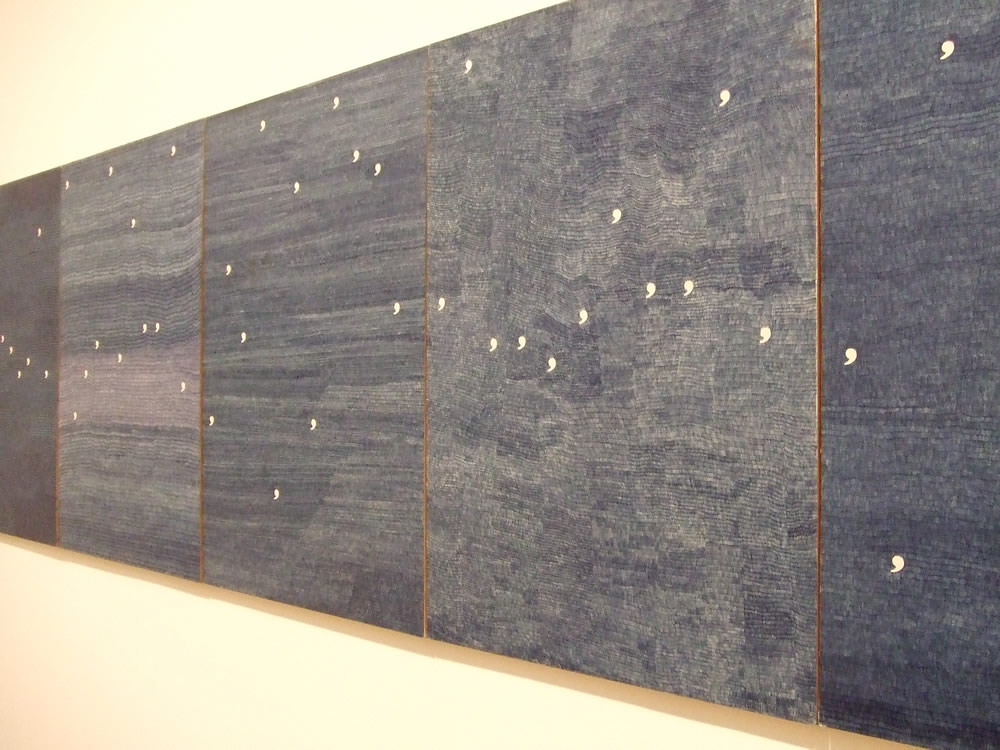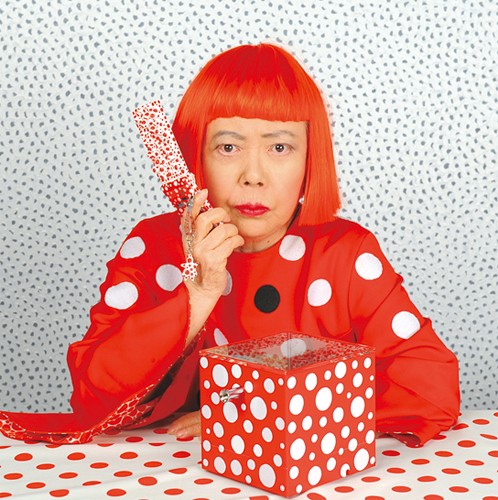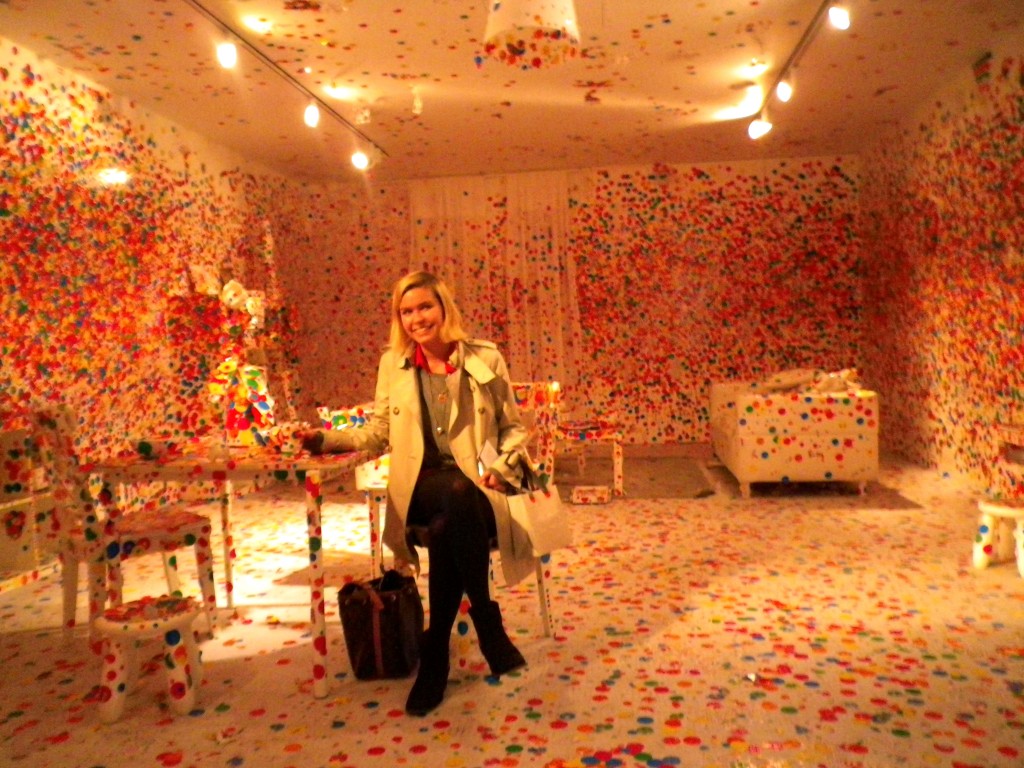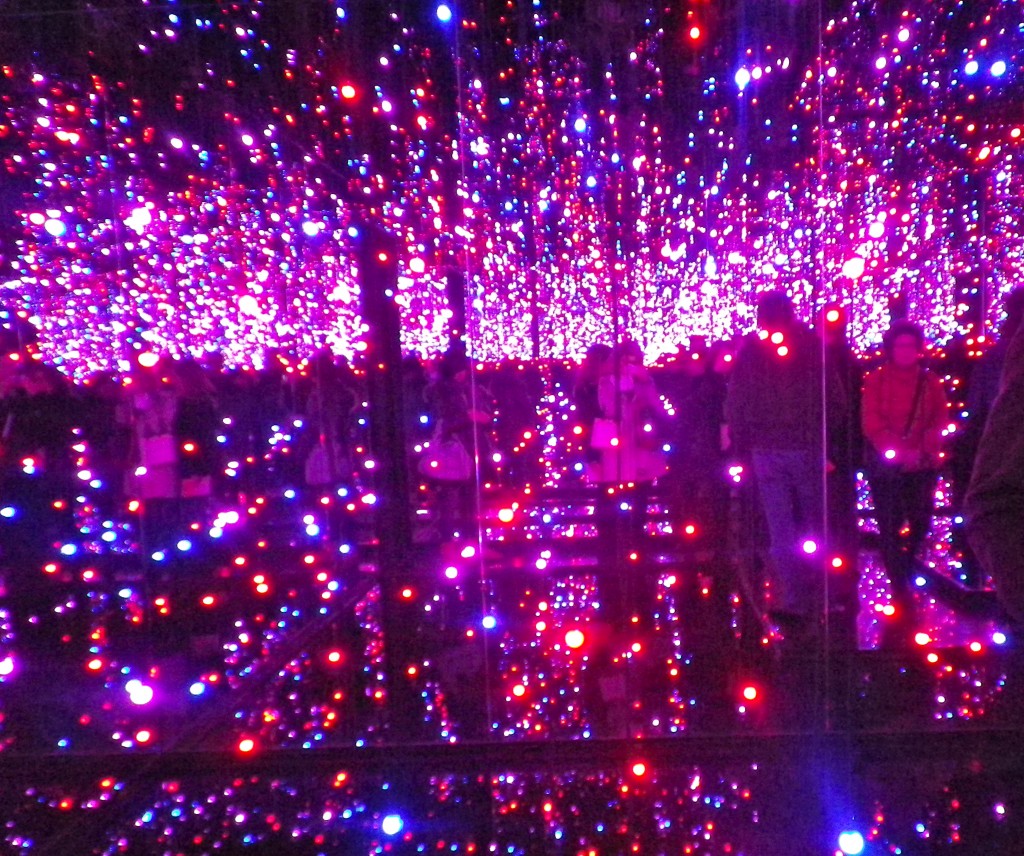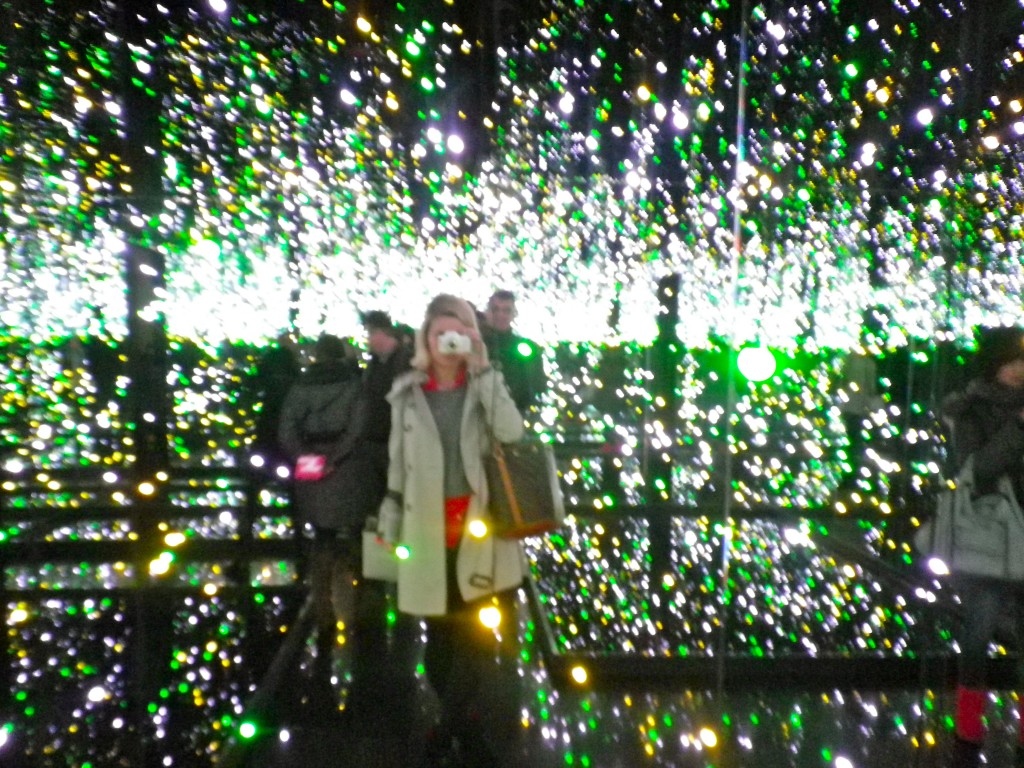There is no end to Alighiero Boetti’s imagination… weird and wonderful. This retrospective runs in tandem with the Yayoi Kusama… both are thoroughly worth a visit, a rare double whammy at Tate Modern.
Boetti was born in Turin in 1940 and moved to Rome in the early 1970s, but he spent substantial periods travelling in Afghanistan and elsewhere. The artist is perhaps best known for his involvement in Arte Povera, an art movement in Italy at the end of the 1960s when artists took a radical stance against established institutions. The work shown in this retrospective is diverse including constructions, drawings, paintings, embroidered maps and other strange creations. There is a touching sense of narrative behind every piece of work, and though many pieces seem completely random there is a thought process that unites the whole collection. The exhibition begins chronologically but later rooms are grouped according to type and idea and visitors are encouraged to decide their own route around.
I found the constructions whimsical and occasionally ominous… in one sculpture Boetti even predicts his own death date. In another room a box, Lampada Annuale, is the main attraction – inside a giant lightbulb is programmed to light up for only 11 seconds once in a year… you can imagine how each visitor wishes to be one of the special few to witness this illumination… Boetti teases the audience, I couldn’t help stay in the room a little longer… just in case.
My favourite room by far is dedicated to his biro drawings. The phrase ‘Mettere al mondo il mondo’, which translates to ‘Bringing the world into the world’ appears in the biro works, a working principle for Boetti. In 1971 the artist began covering large sheets of paper with biro ink, carefully drawing each individual line to create a wave of movement. After a while he began delegating the work to teams of students in Rome. Commas are shown where the ink stops to reveal the shape on untouched white paper. The commas look like lonely stars within the depths of intense blue ink, they are beautifully calming and a testament to the time and patience Boetti dedicated to his work.
The final rooms exhibit the huge embroidered maps, another time consuming feat. I found these less captivating, though could appreciate their obvious beauty and epic scale. For these works Boetti worked with Afghan weavers in exile to produce technicolor maps of the world. They are by no means representational (in one the sea is shown in pink!) but present an individual’s vision of the world.
Alighiero Boetti was a mysterious man… this thought provoking retrospective gives a little insight into his tantalising world.
Continues until 27 May, book here.
